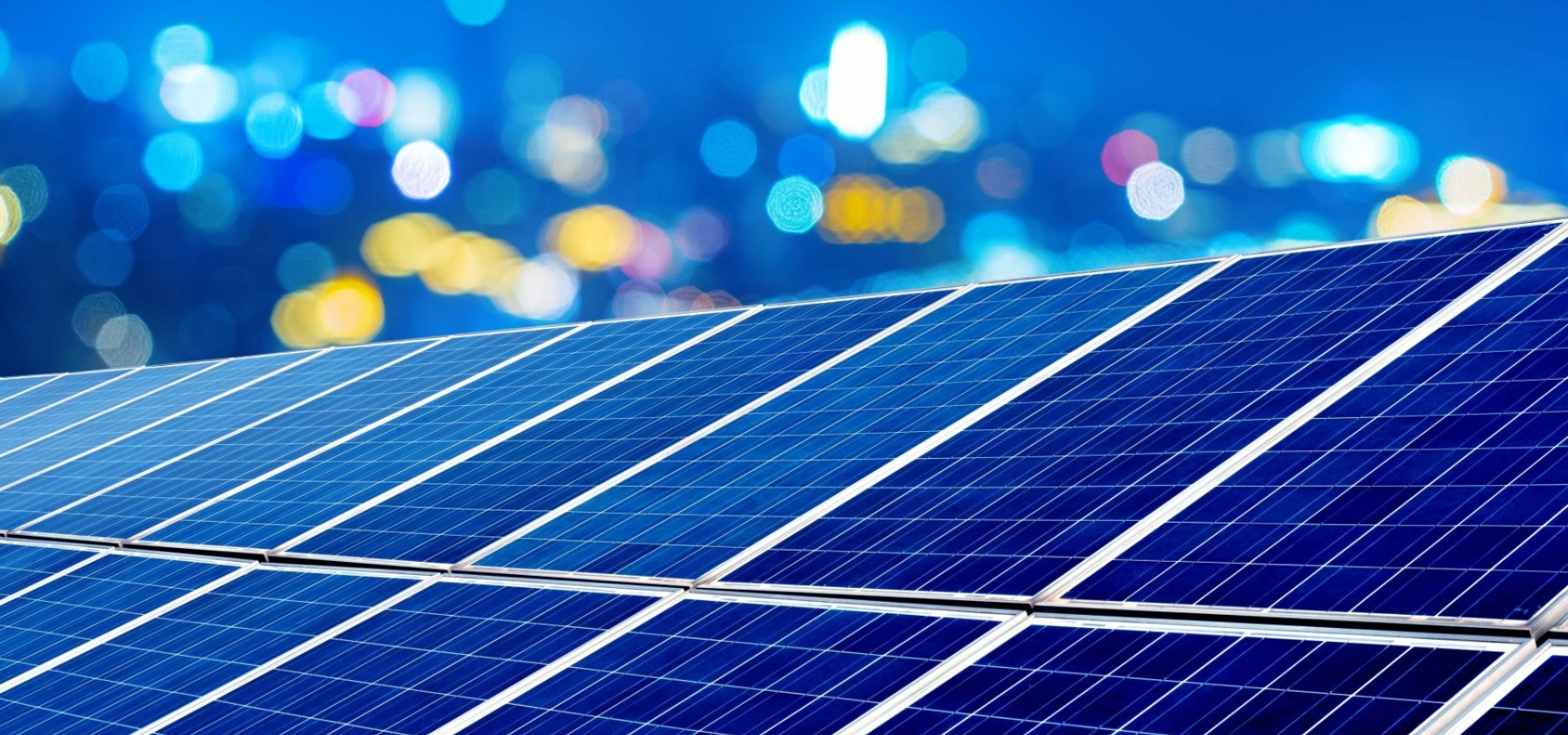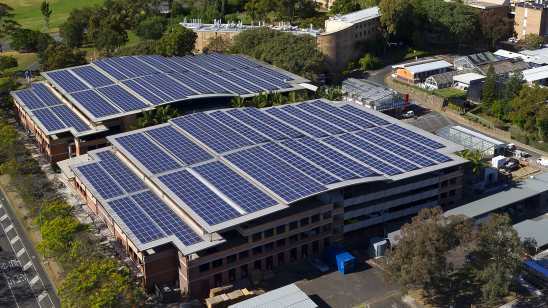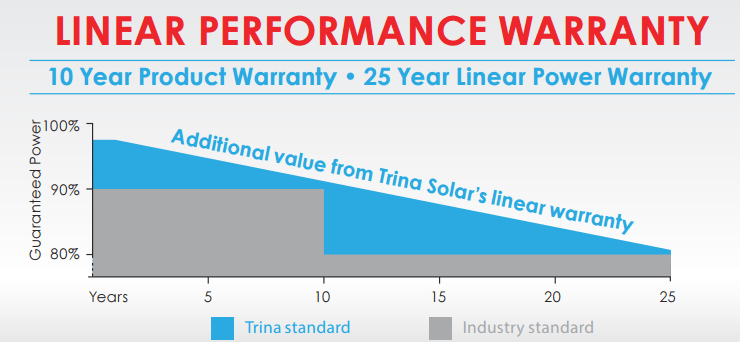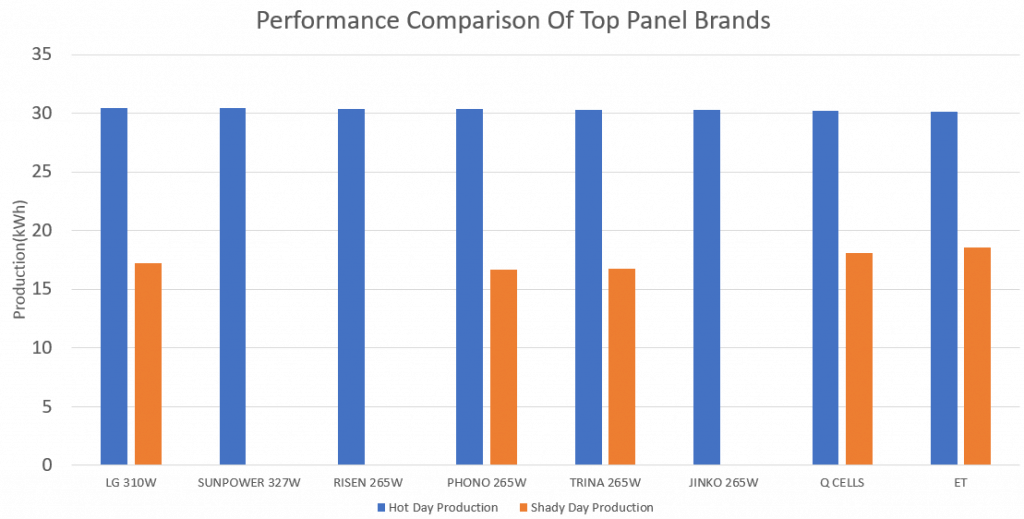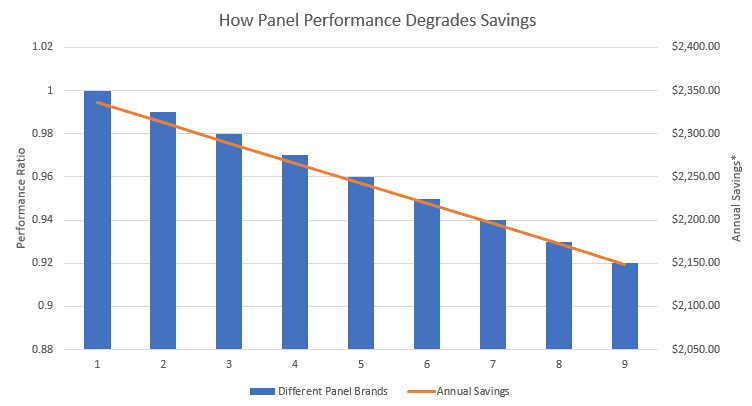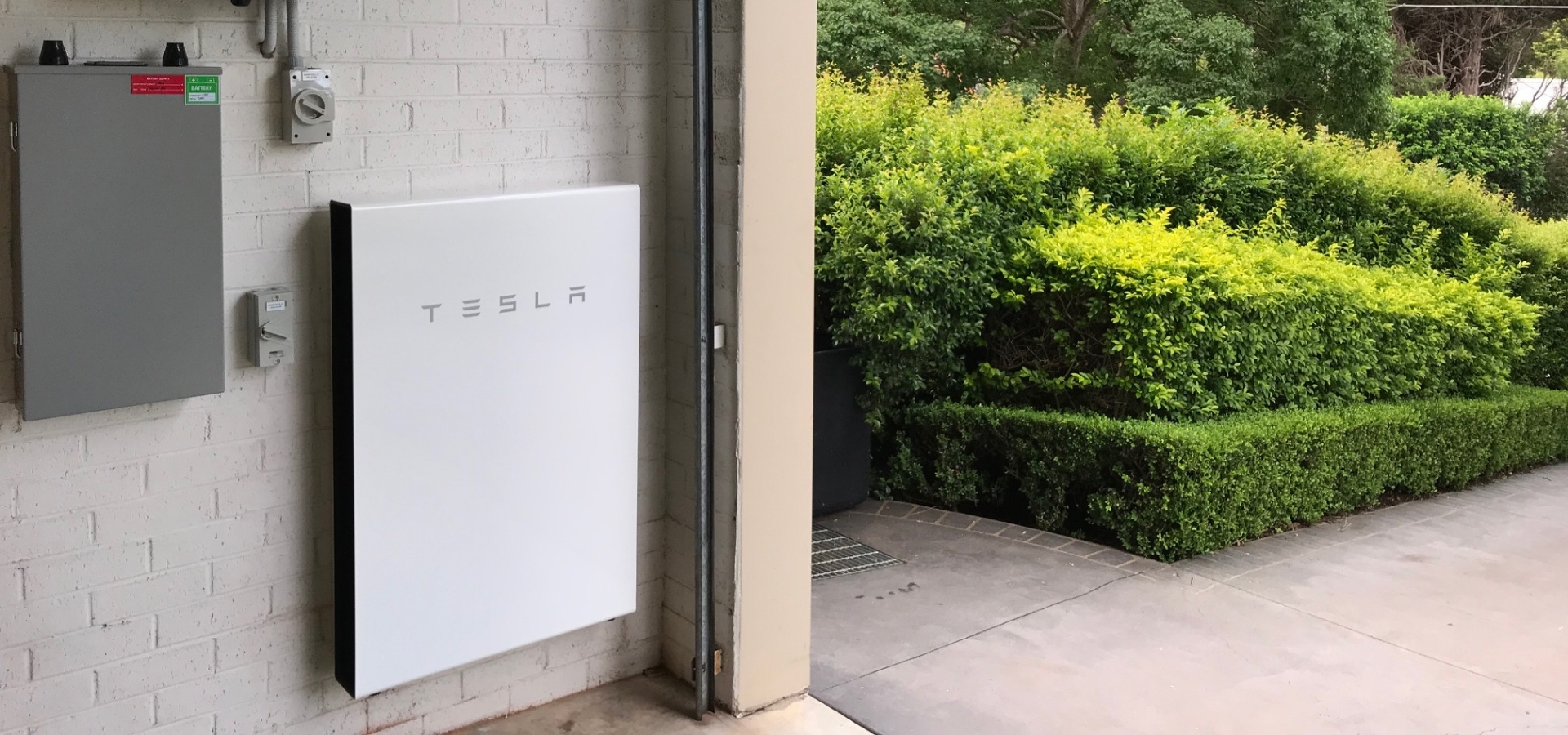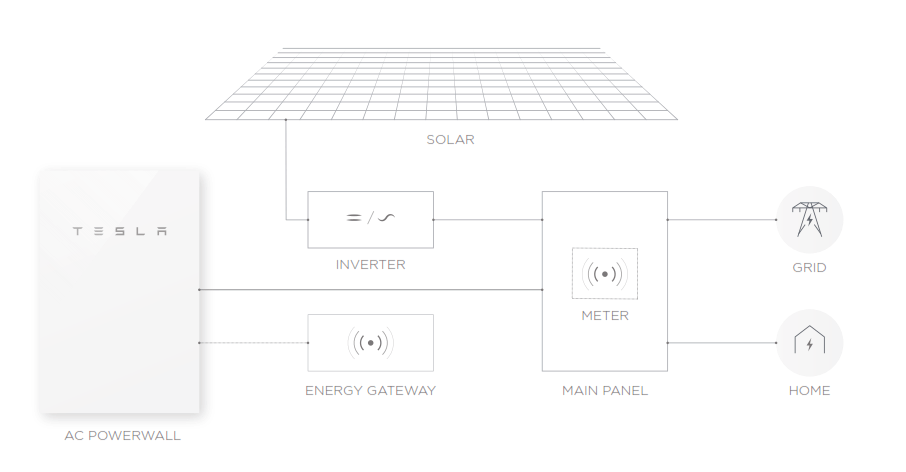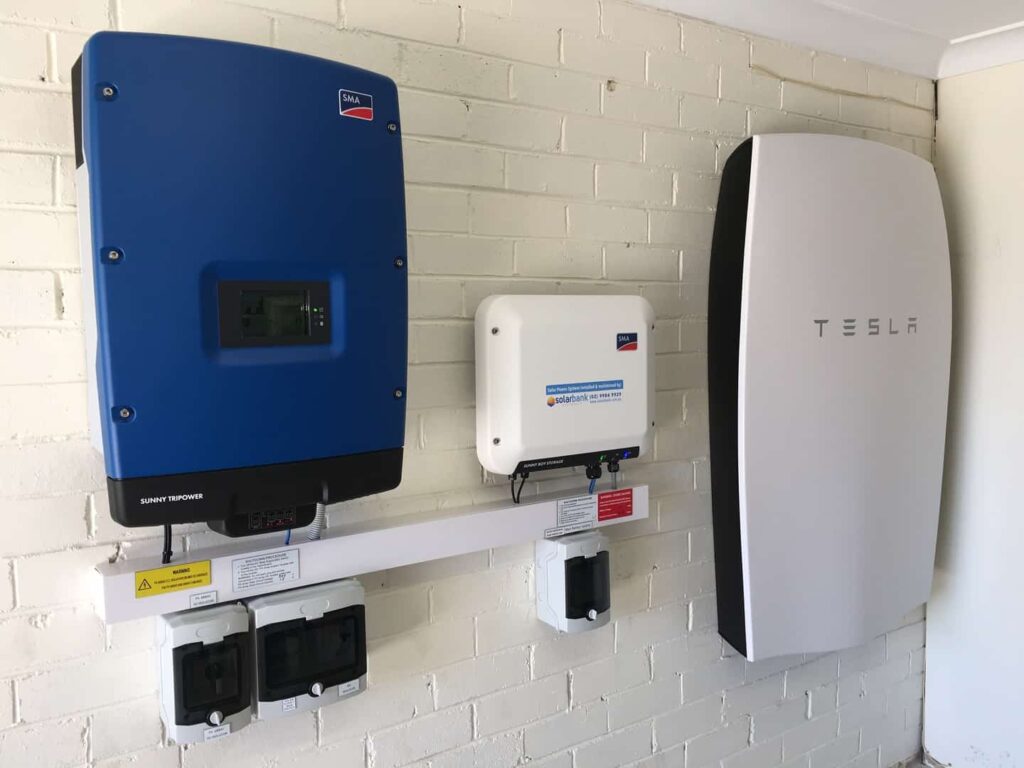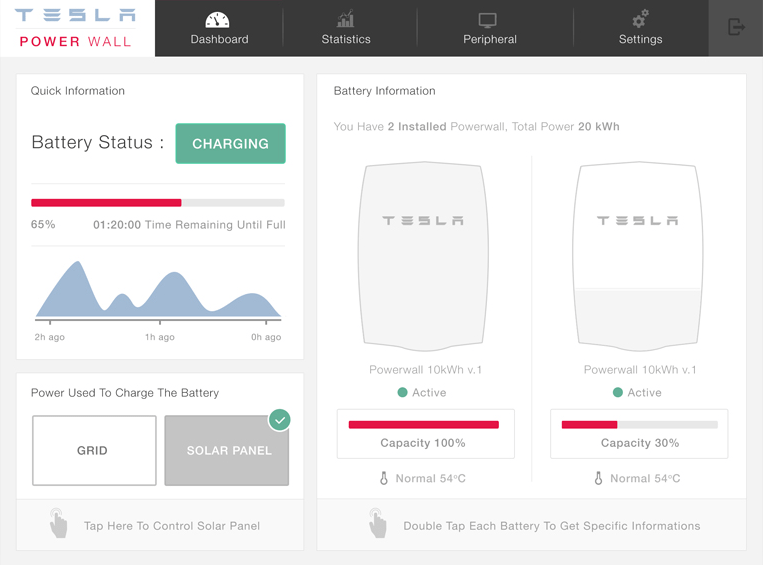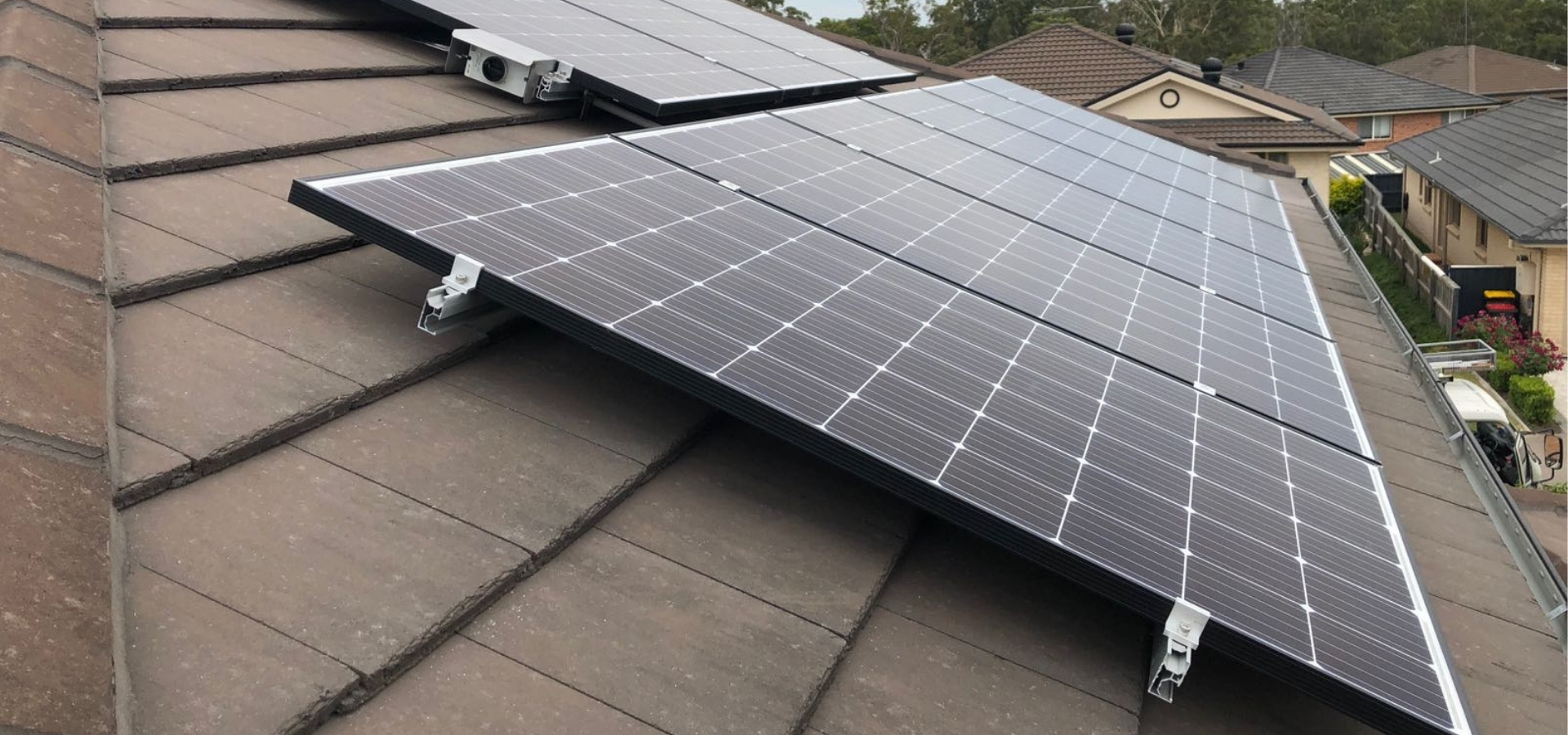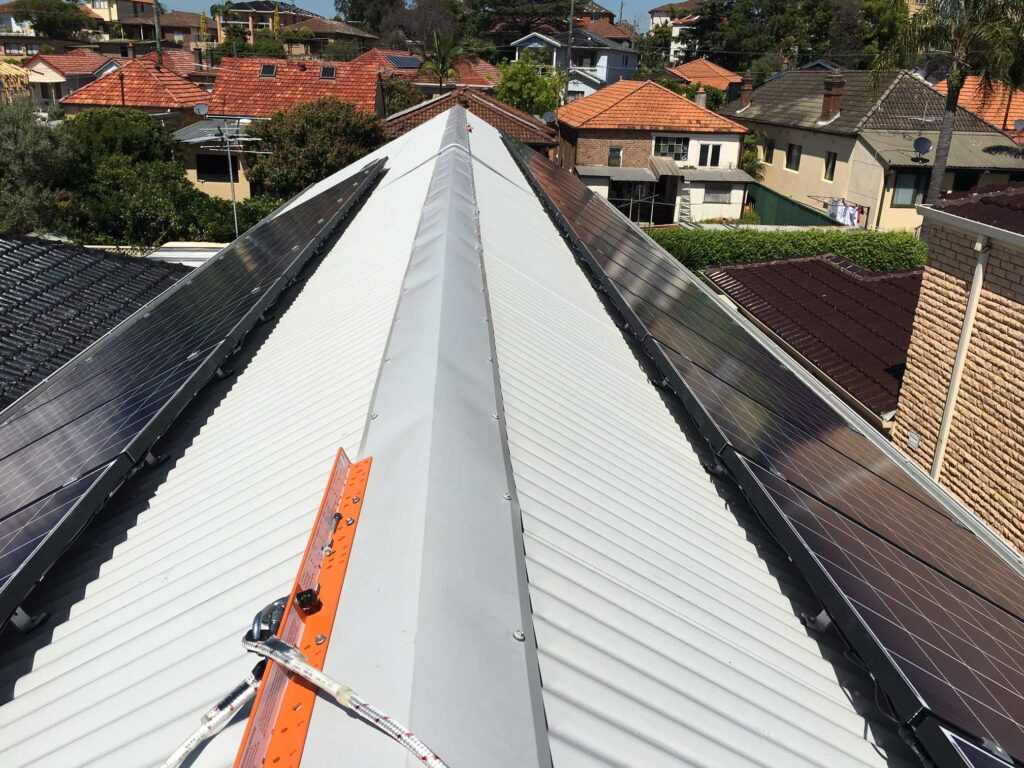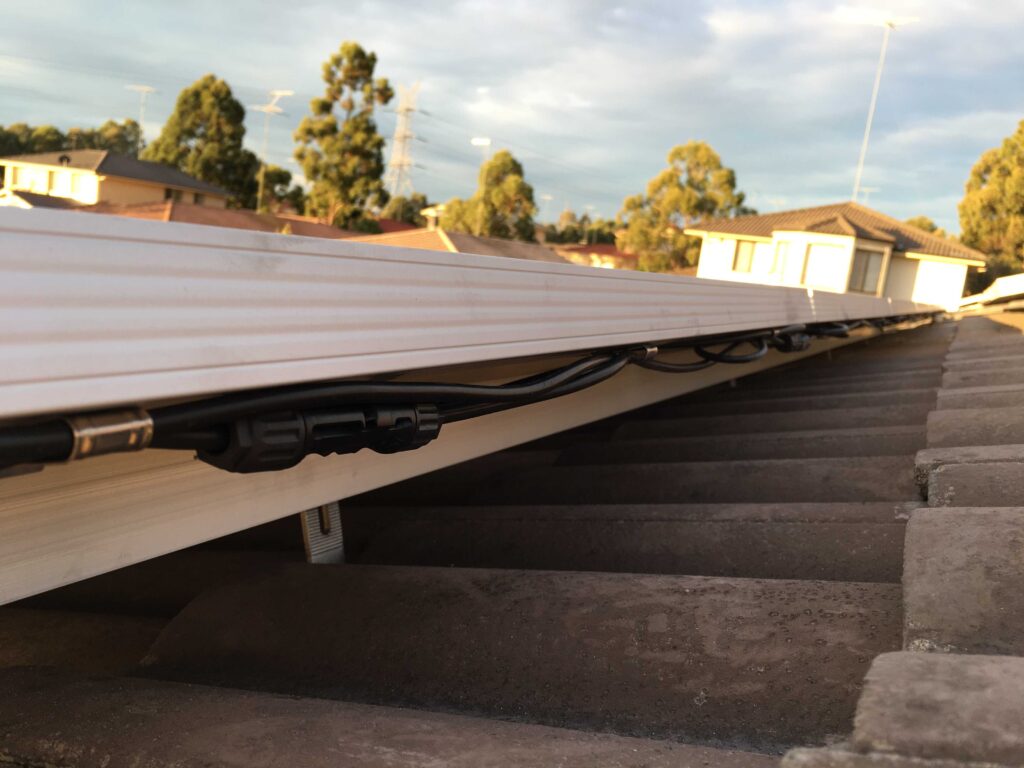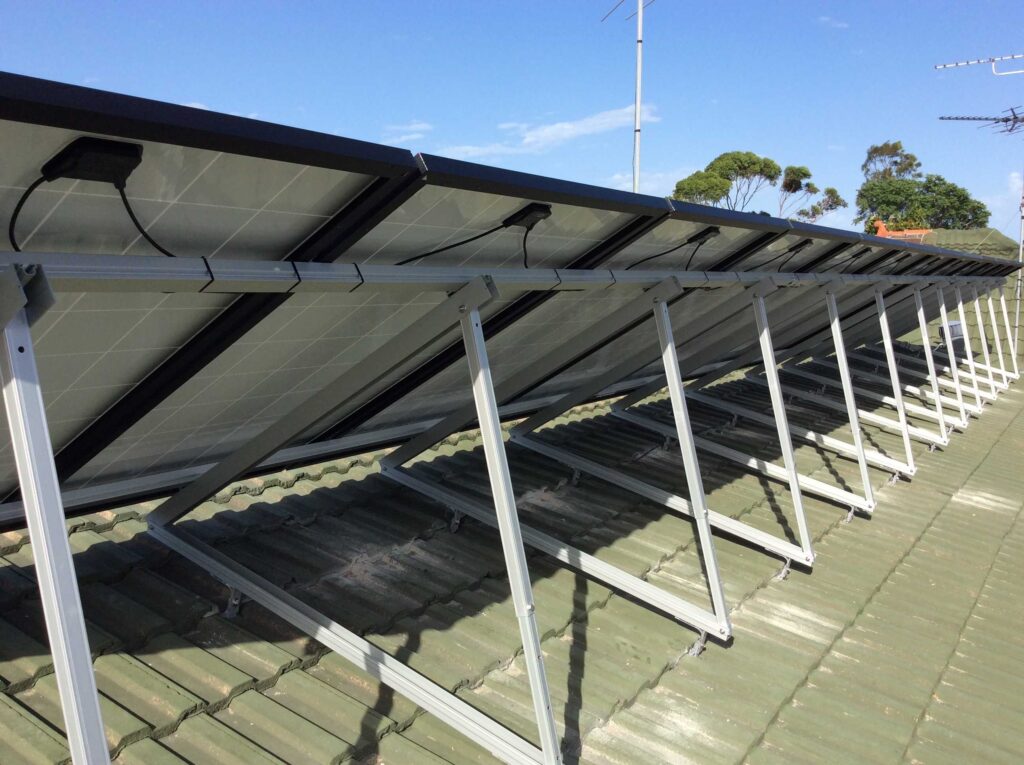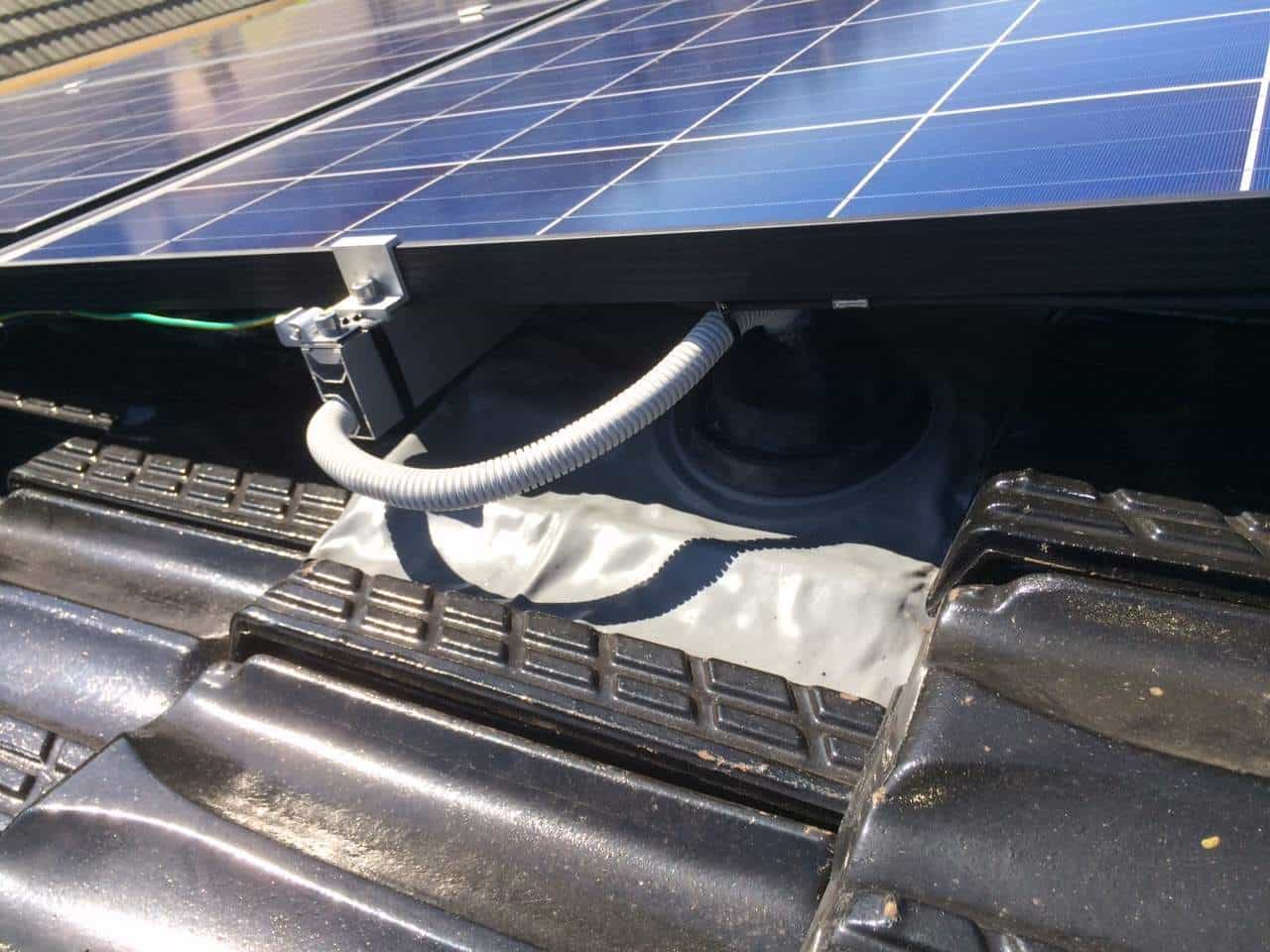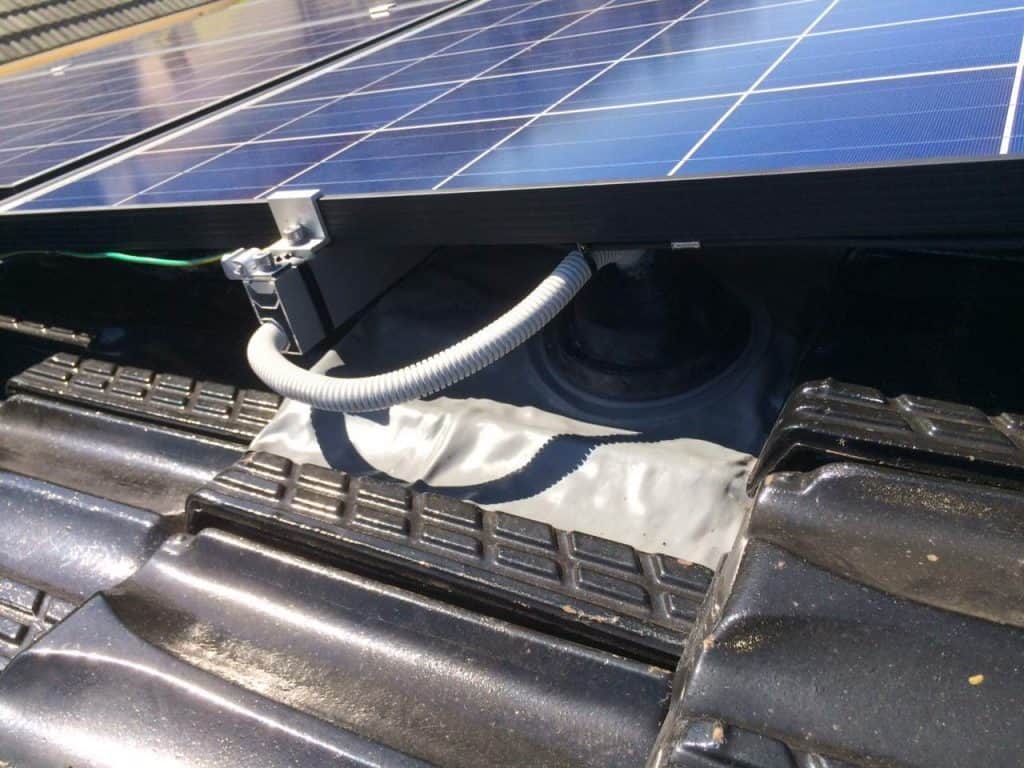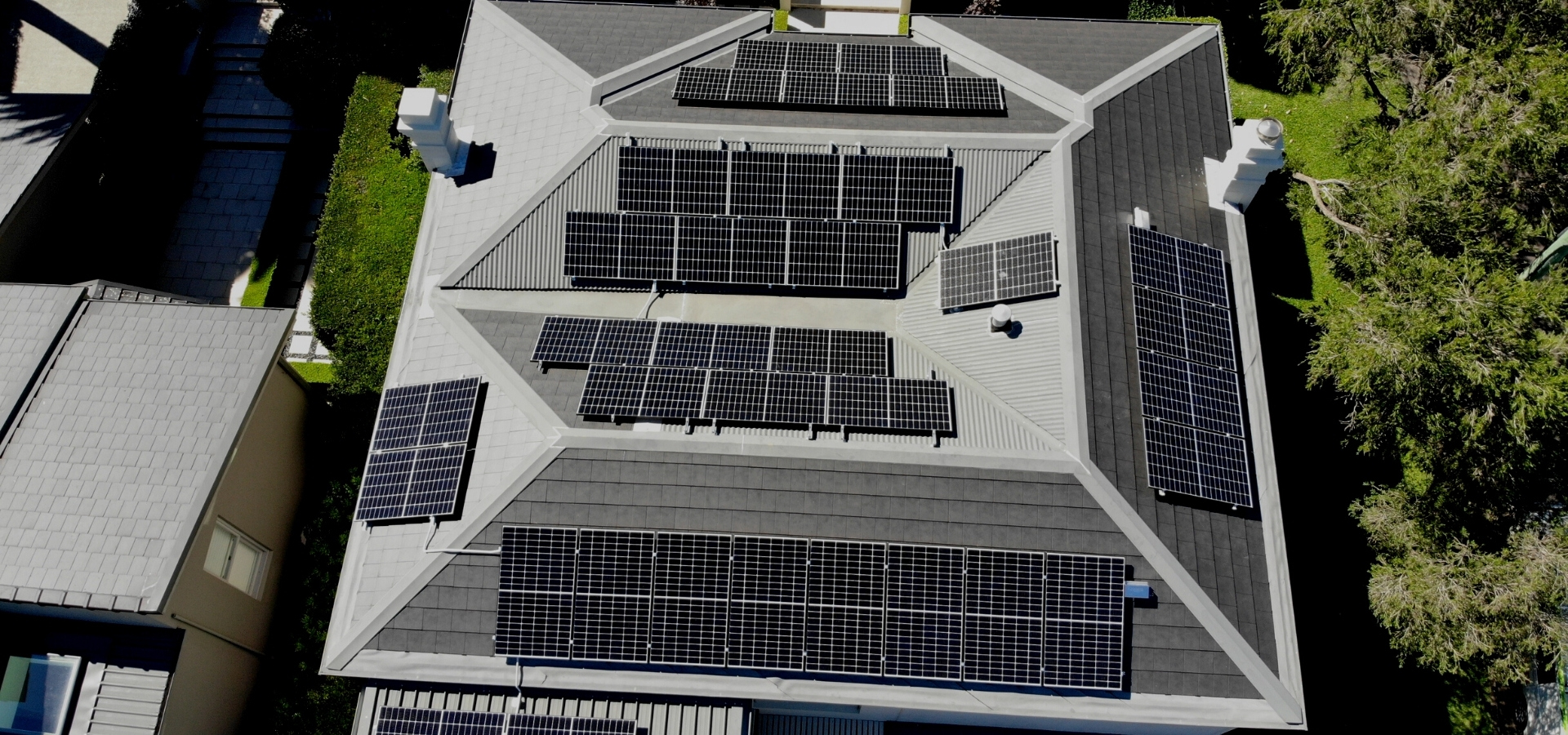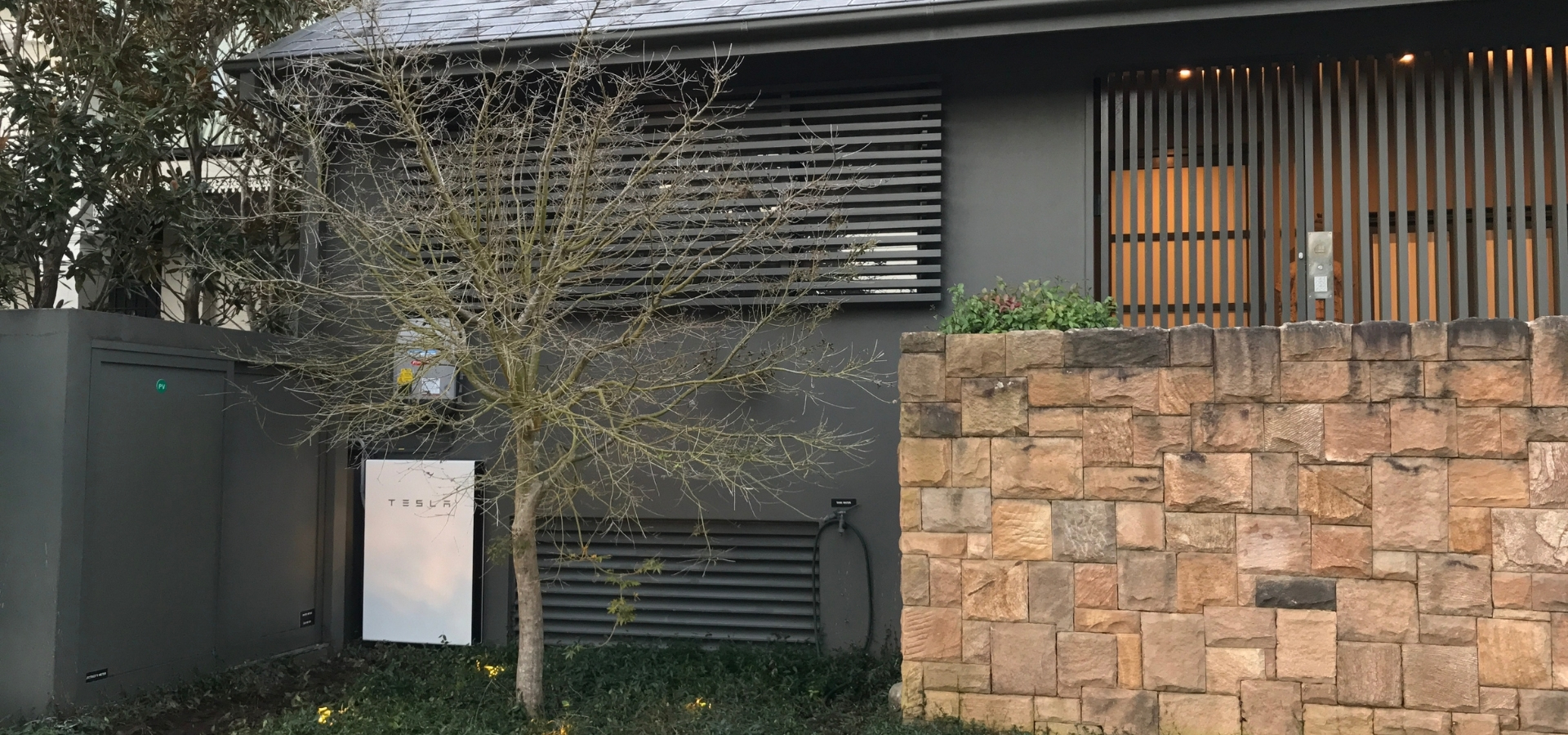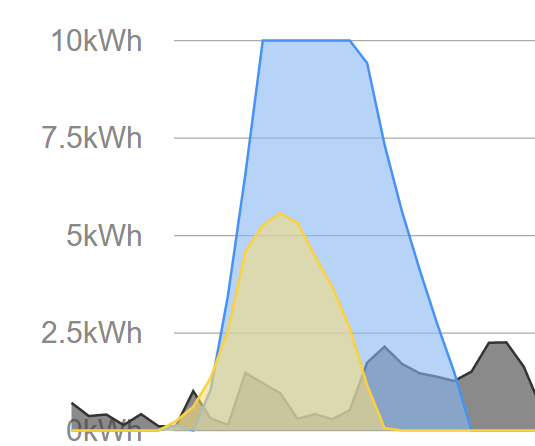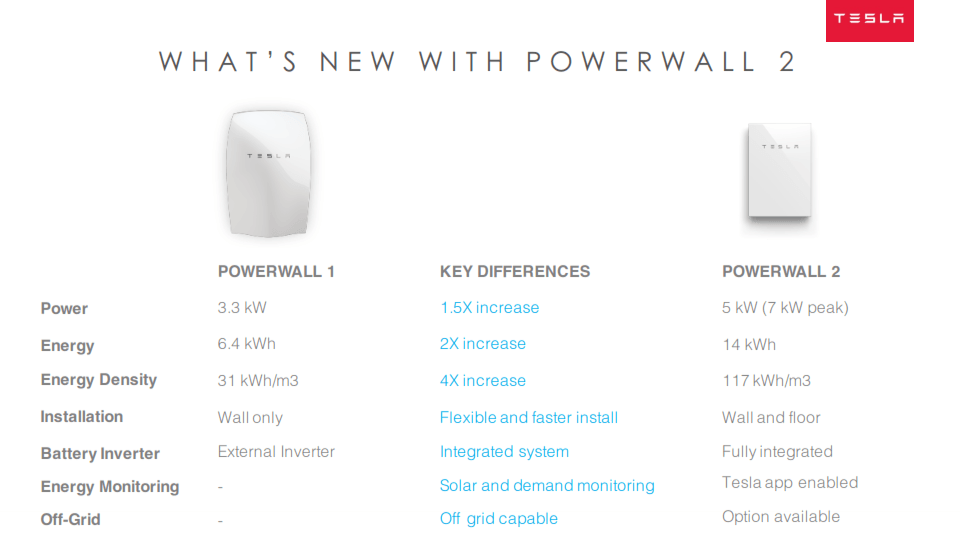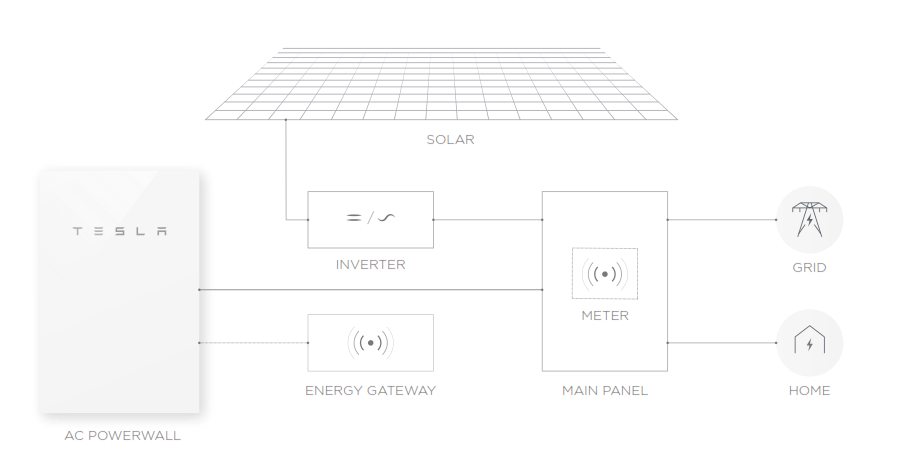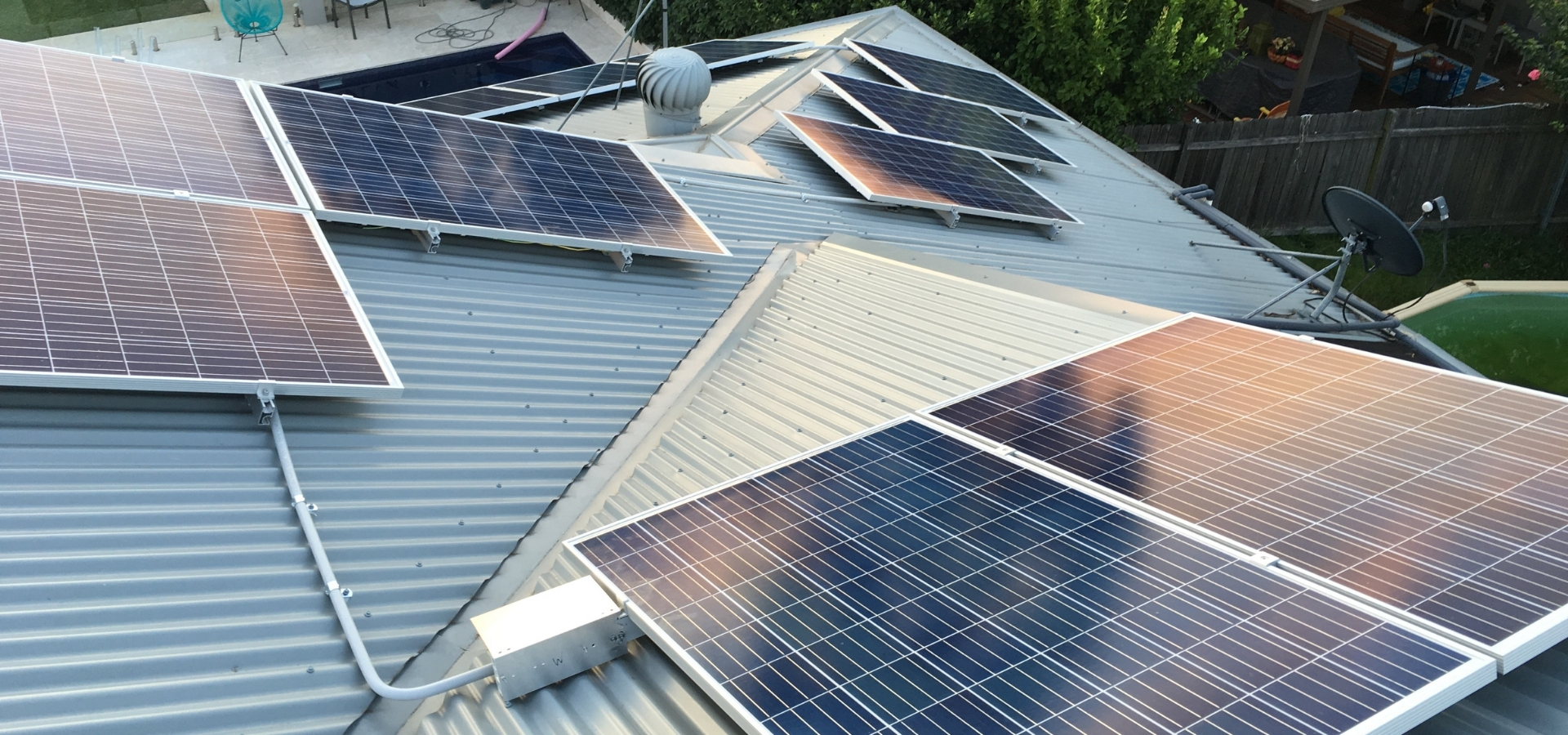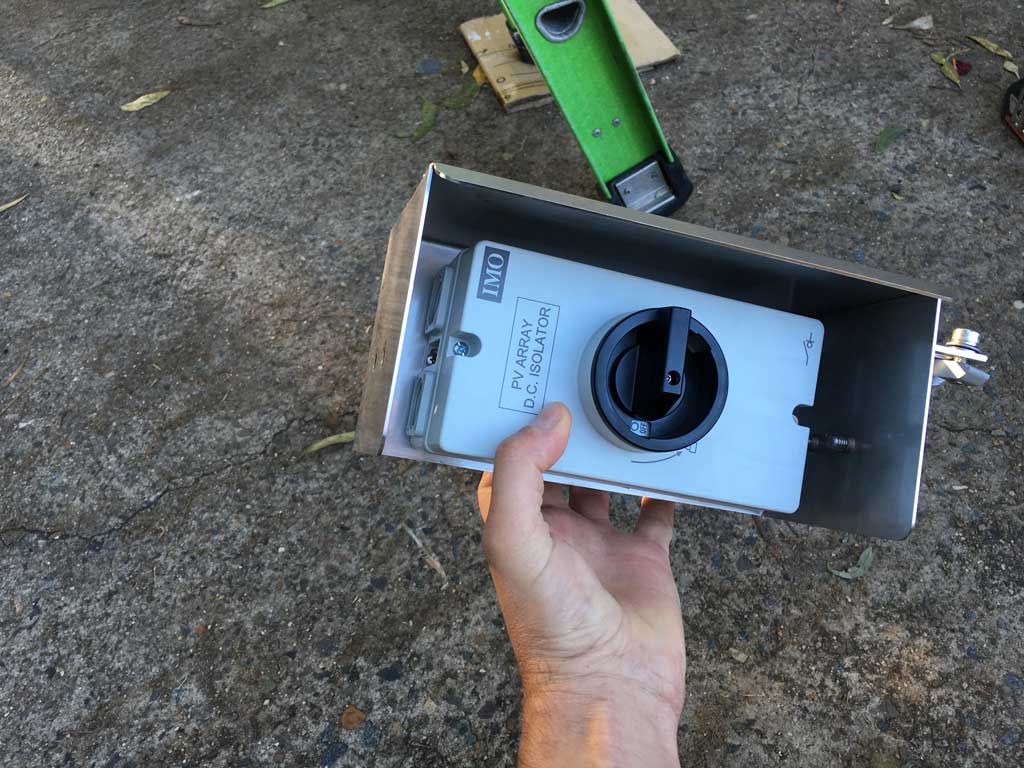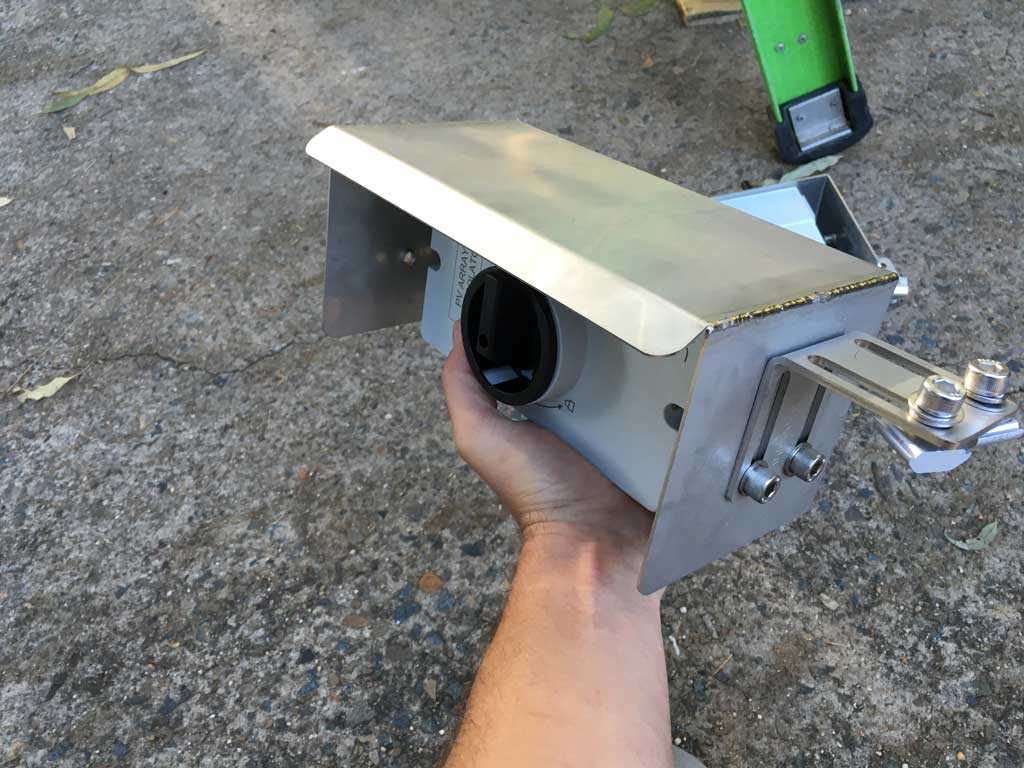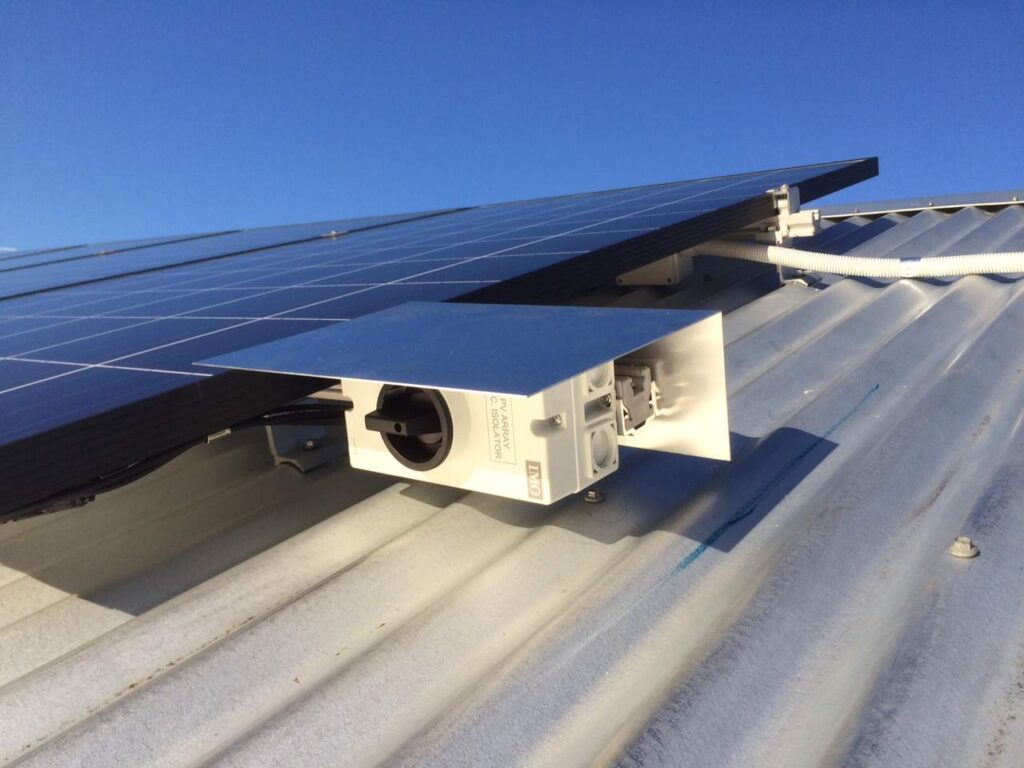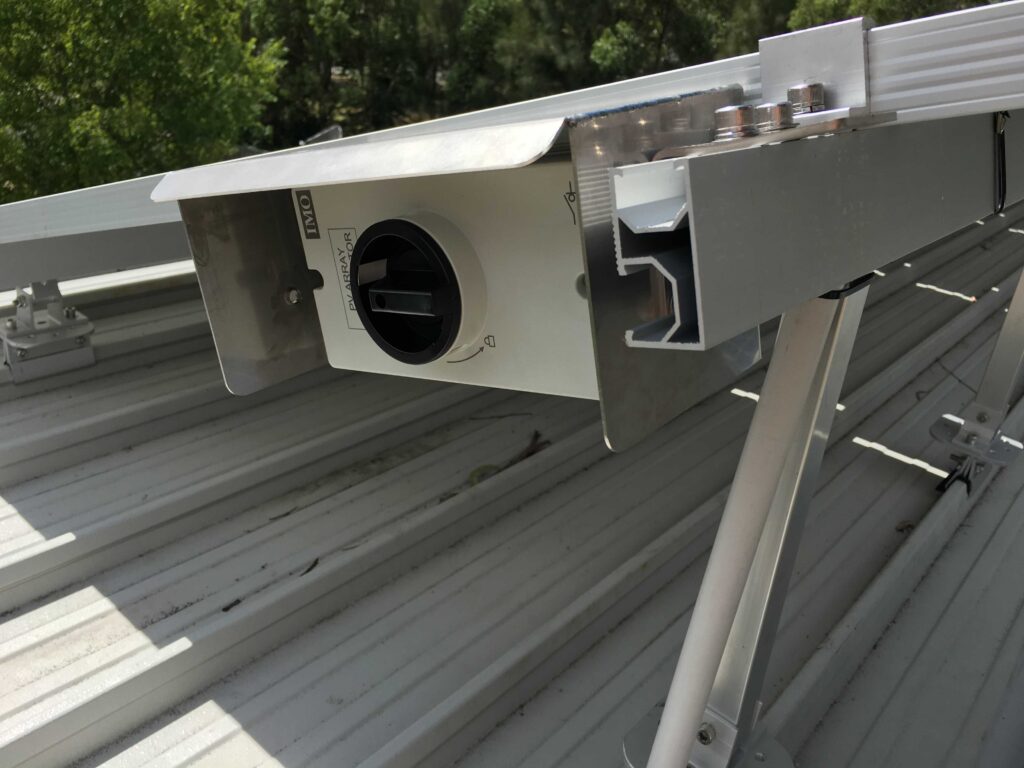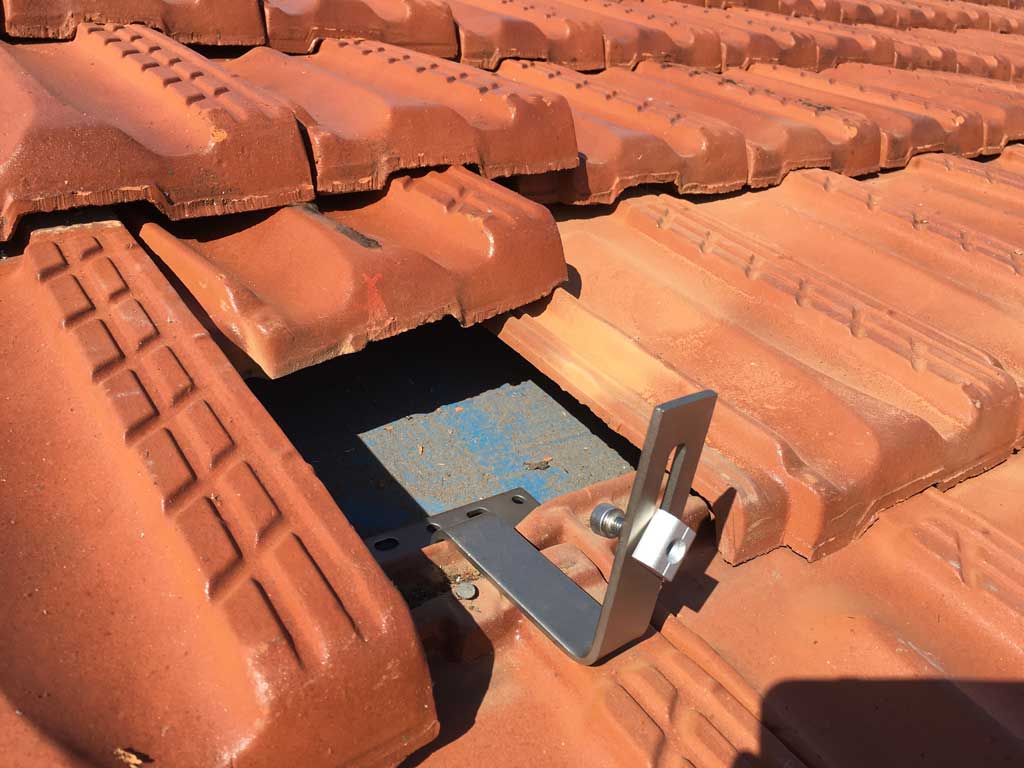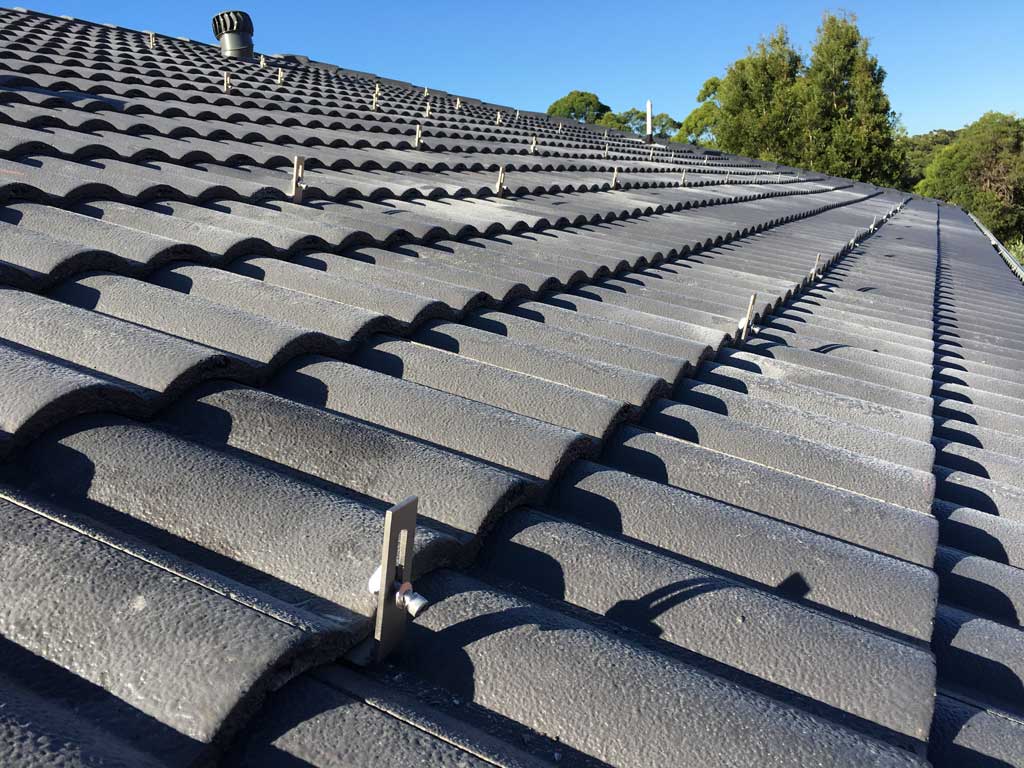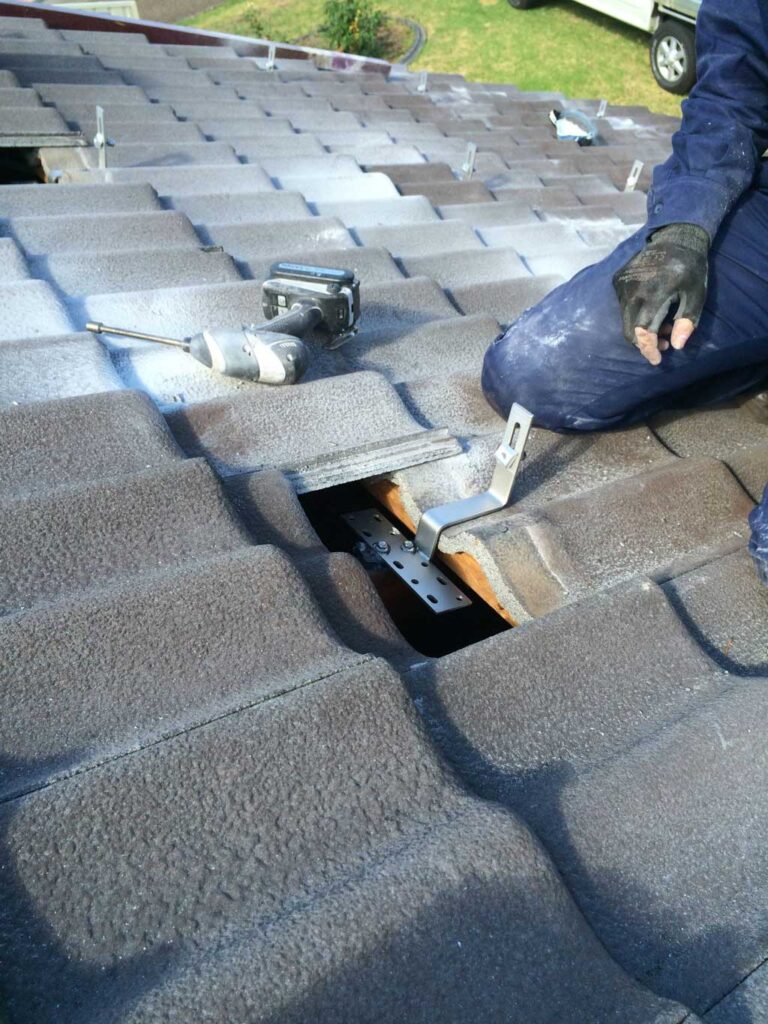Solar power can make a lot of financial sense. This is particularly the case with solar power for businesses. Here are some reasons that commercial solar Sydney makes sense:
- Businesses often consume a lot of energy – compared to homes, businesses tend to use a lot more energy. Whether it’s an industrial/manufacturing business or an office with air-conditioning, energy consumption is almost always higher at a business than at a home.
- Business hours are sunshine hours! – Because many businesses operate primarily during the day, solar panels can be very effective at offsetting consumption. This is when solar power can be most valuable.
- Solar power can offer businesses a better Return On Investment (ROI) than investing in other areas. Tax advantages and effective financing arrangements can make commercial solar power financially very attractive.

Commercial Solar Sydney – Choosing a solar system
Should businesses choose a solar system differently to how a homeowner does? Not necessarily. Businesses, however, may have different priorities to homeowners. Often for commercial solar the greatest emphasis is on the financial impacts i.e., the initial outlay vs the savings from the system. We would recommend however that equal consideration be given to the professionalism of the installers and the quality of the components. A poorly installed low cost system will cost more in the long term than a professionally installed high quality system.
The most important things a business should consider when choosing a solar system are:
- The quality of the panels, inverters and mounting system
- The workmanship and practices of the installers
- The after sales service from the installation company
- The system warranty – warranty of the individual components and the system as a whole
- The cost of the system – ensure you’re not paying too little or too much
Commercial Solar Sydney – Systems & considerations
If you’re considering a commercial solar system in Sydney there are a variety of things to keep in mind.
Commercial solar Sydney – list of considerations:
- Which type of system should you invest in?
- How large should your solar system be for the best savings outcome?
- What Return On Investment (ROI) do you need to make the investment worthwhile?
- Should you choose LG solar panels, Trina solar panels or another brand?
- What are the rebates available to your business?
- What are the tax implications of owning a solar power system?
- Will a direct investment or finance arrangement work best for your business?


